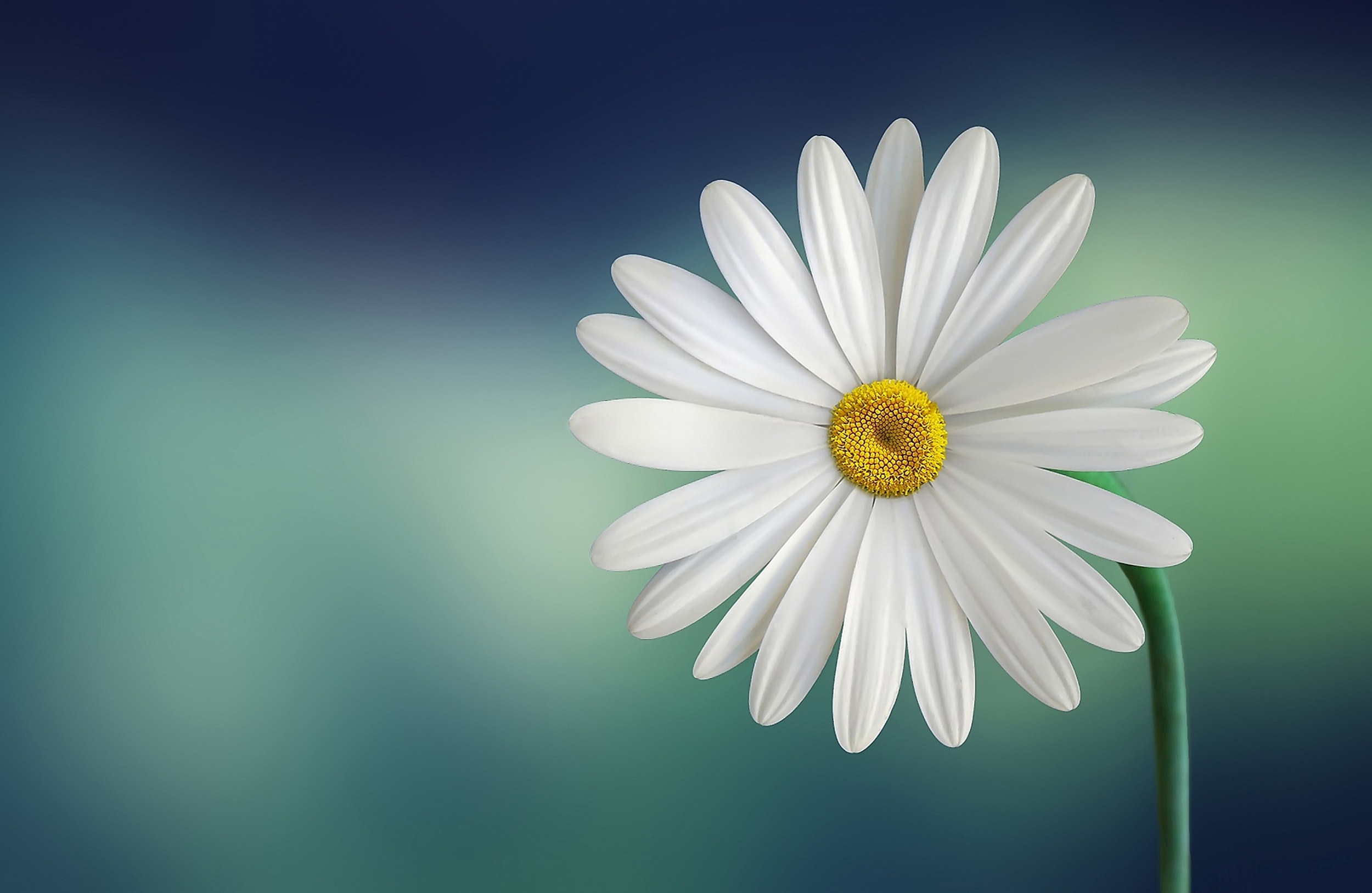Death is the great mystery surrounding existence, and the nature of belief about the beyond forms the core of each religious philosophy.
But imagine if we could replay the unfolding of the universe and the emergence of life on this planet never included a physical death in the equation - would there have even been religion?
It seems the ephemeral aspect of the human body is what ultimately creates the spark of spiritual seeking in the mind. However, it remains as difficult as ever to have meaningful conversation with others about the subject. Studies suggest that less than 20% of adults dare to attempt to discuss "end-of-life" preferences with family members.
75% of Americans die in the hospital or nursing home. Additionally, medicare spends as much as $200 billion annually on care during the last two months of life. This represents a significant chunk of total health expenditures in America. It is estimated that no more than 30% of this spending leads to any real benefit for the patients. Contrast this with the fact that 88% of people on Earth believe in an afterlife. That we could be more emotionally prepared as a society is an understatement.
Ordinarily, to talk about death would seem too dark for many but there is a difference between a healthy awareness of our own mortality and an obsession about it. It is difficult to fathom how alienating it must be for those directly and privately dealing with dying or loss while the community-at-large appears fully engaged in what philosopher Ernest Becker described in "The Denial of Death" as their "immortality project."
Surveys show that millennials are the least religious generation in human history. The need for new and open-minded discussion is apparent. Surely, meditative insight now into this one certainty that connects us all - need not be dark but rather enlightening. Just think of the kindness and clarity of purpose that could manifest and how petty hangups and bitterness could be more easily released along with so much needless suffering by bringing into focus what is most essential.
"Fear of death follows from the fear of life. One who lives fully is prepared to die." -Mark Twain
(Episode design by Dove Dahlia)










